Emotionally Confronted Through Distance
(Group Exhibition)
Exhibition: 07.09.2021 - 19.09.2021
Tue-Sat: 12:00 noon to 6pm
Location: Feldfünf, Fromet-und-Moses-Mendelssohn-Platz 7-8, 10969 Berlin
With their summer exhibition - Emotionally Confronted Through Distance - Pierre Wolter and Melanie Zagrean, gallery owners and curators of the Berlin gallery Art Claims Impulse presents statements, reflections and interpretations of various artists of the gallery on this topic.
Participation and involvement in events from a distance are phenomena that have been growing since the rise of digital media and have reached a new peak with the recent pandemic. On the one hand, one is in the middle of things, emotionally involved, often even digitally active as a live co-creator. On the other hand, the distance and isolation leads to a new quality of experience, to a confrontation with an event that touches, that one sometimes only sees or hears, but cannot tangibly or palpably experience with others on site, and whose impact on perception, on experience, as well as on memory raises new questions. Our starting point for this curation was the following questions: How can one establish emotional empathic communication with the other person if one relies solely on two senses? To what extent has our pandemic approach to digital communication changed our perception?
Aseel AlYaqoub (Kuwait)
Is an artist working in the fields of history, architecture and cultural identity theory. Her work explores themes of nationhood, state apparatus and collective nostalgia to find out why some historical elements fit well into the national narrative while others are deliberately forgotten. Using an ever-growing collection of found objects, documents and media, her work explores the construction of new nations such as Kuwait. Using video, drawing, installation and printmaking, she documents the processes of self-identification and nation-building - which took place under conditions of pressure - following imperial dissolution and reunification.
Mimic Men, Lenticular Print, Video Essay, Sculpture (2021)
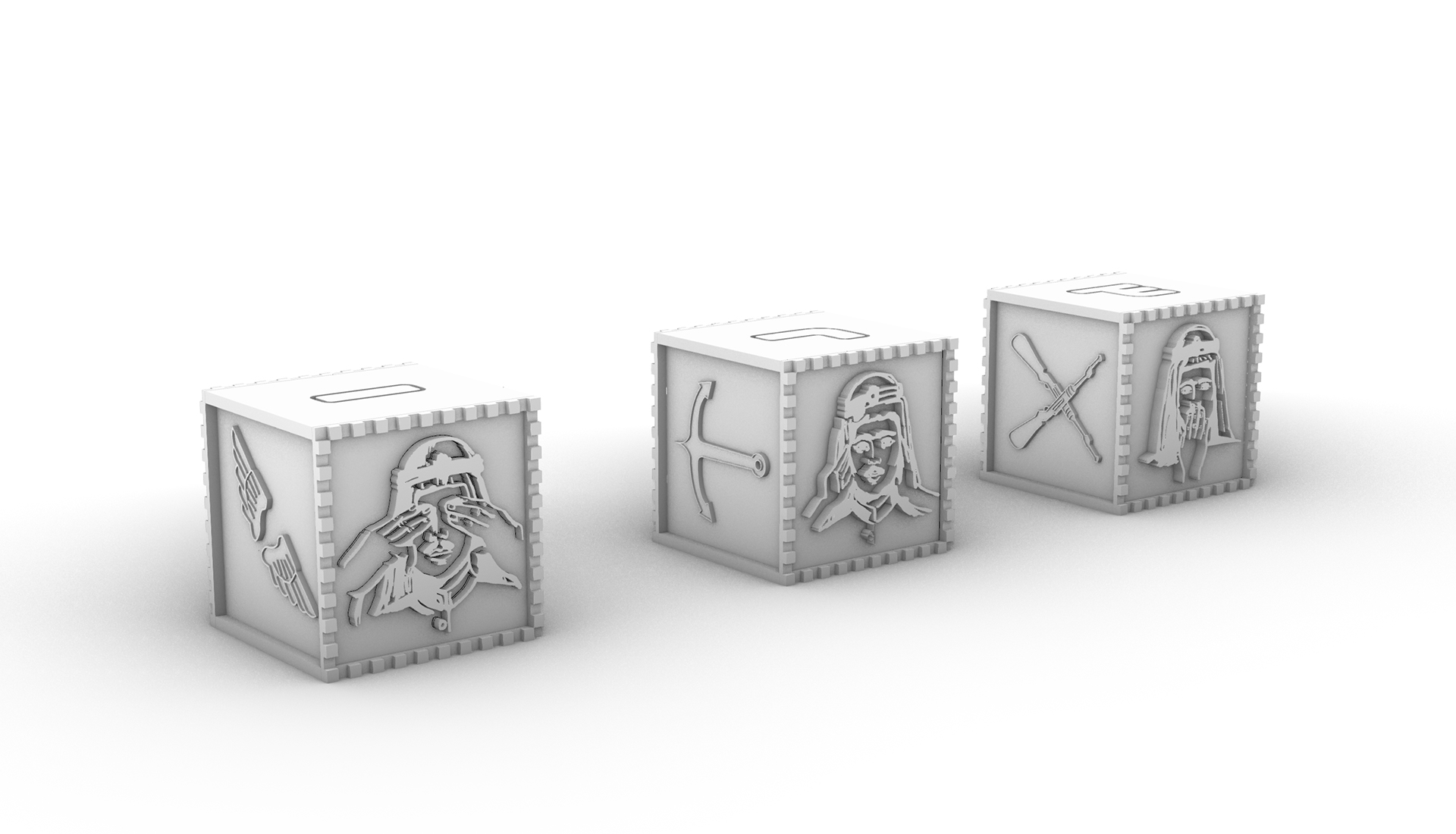
Courtesy of the artist
Military spectacles are an ironic amalgam of nation and empire in which nostalgia is the arresting and defining condition. These performances expose the historical contingency of the nation by repeating embodied nationalism and marking it as real again and again. The theatre of power expressed here is so protocolised and hierarchical that it is obviously performed for its own sake.
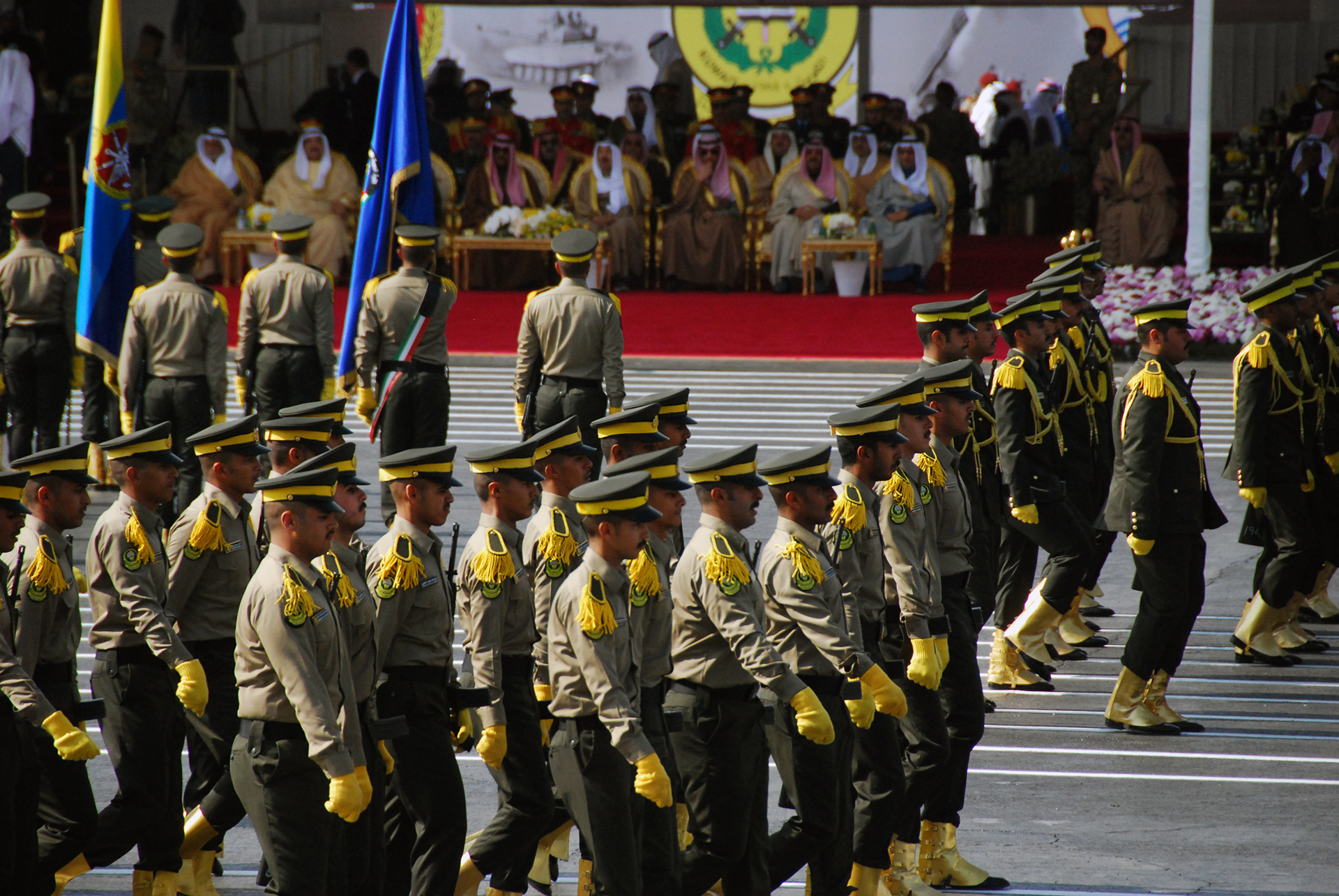 Courtesy of the artist
Courtesy of the artist Courtesy of the artist
Courtesy of the artist
Anna Anders (D)
Anna Anders has been working with video as a means of artistic expression since the end of the 1980s. Initially, she made short films for monitor works, but since the beginning of the 1990s she has increasingly made video objects and space-related projections. The colourful recordings, full of humour and ingenuity, seem unstaged and often get by with only one camera shot. And yet these are highly precisely choreographed images down to the smallest detail, down to every single prop. These mostly show actions in real time, for example everyday rituals or quirks that each of us may know about ourselves. Cleanliness rituals, body care or exercise may serve as examples here.
Anna Anders shows a personal examination of her past in her work "Seen with Distance". We show a series of her first video works from 1986, which she additionally comments from her current perspective, 35 years later (audio).
Videoclips, 1986, PAL, 20 min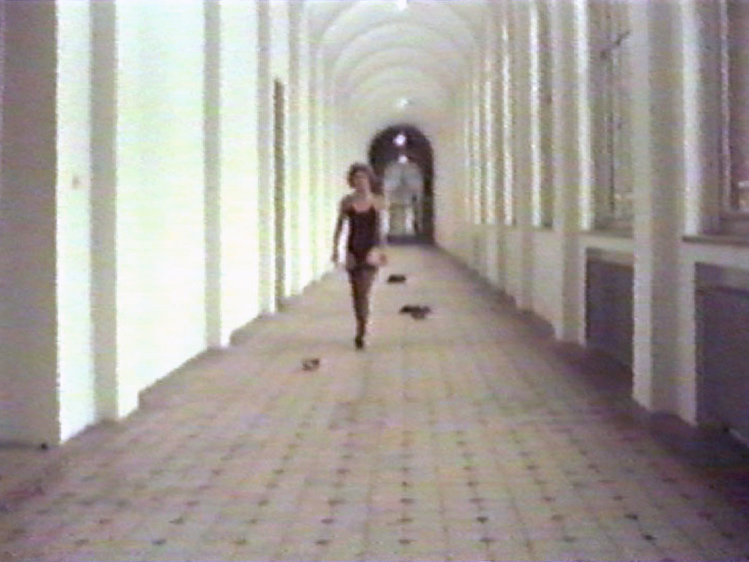
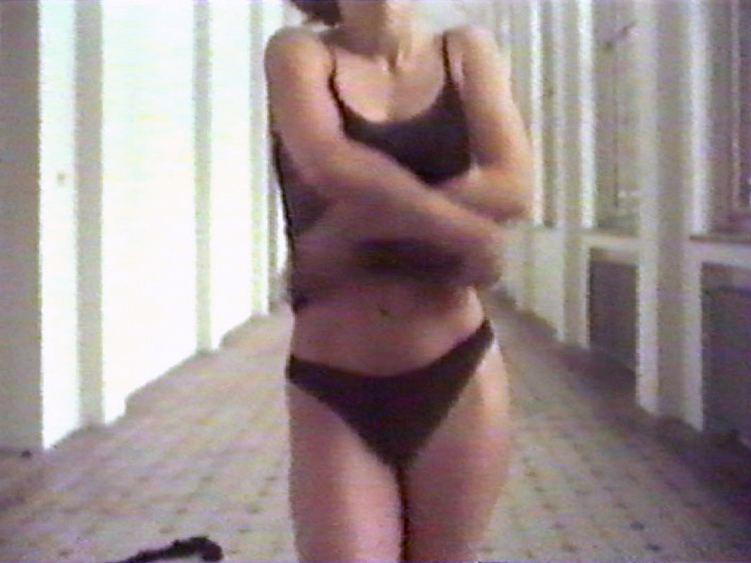
Videostills courtesy of the artist
Rückblick auf meine ersten Videoarbeiten, die sich mit Voyeurismus und dem Medium Fernsehen auseinandergesetzt haben.
Marc Aschenbrenner (A)
His process-based works often begin with sketches and make use of heterogeneous material that does not shy away from unusual shells. Mostly as his own protagonist, Aschenbrenner acts in timeless, meaningless spaces in which he allows an unmistakable aesthetic to emerge and creates his individual cosmos by means of performance, which in terms of content allows questions about origins and task in the sense of existentialism.
Figure Single BW Ink: Pattern Figure Single, 2021, ink on Tyweg, approx. 3m x 1.5m
Figure Single mixed media: pattern Figure Single, 2021, mixed media on Tyweg, approx. 3,3m x 1,5m

Courtesy of the artist
Title: "Three states of the figure".
Preparations for video shooting that will take place in mid-September 2021. Body shells will be designed and applied to the fabric in the form of a cutting pattern. The surface will be worked on according to the final appearance of the finished figure. This creates a pattern image. The figure is now in its first state, in the form of a surface. Some of the cut patterns remain in their appearance. Others are cut into their individual parts and reassembled for the further development process. The figure is now in the second state of the 3-dimensional shell. In the third stage of the figure's development, an actor or actress slips into it to animate it performatively. Each figure is thus animated and filmed. Encounters and interactions between the figures are partly realised in the post-production of the video. All three states of the figures and their interaction are part of the work.
Dave Ball (GB)
His work explores absurdity, irrationality and the interaction between sense and nonsense. He asks: How are our rational understandings of the world constructed? What are the consequences of these rational structures? In what ways can it be productive to intentionally avoid rationality? And what alternative understandings of the world can emerge through absurd practices? He often uses humour to explore these ideas, and his work is generally characterised by a philosophical playfulness. Ball works with video, performance, drawing and photography and has worked on participatory projects in collaboration with artists and experts from other fields.

A to Z
Dave Ball presents selected fine art prints on the theme.
Mihai Grecu (RO)
Recurring themes such as environmental crises, political allegories, new technologies and catastrophes articulate the totality of his exploration of mysterious and unconscious beginnings. These visual and poetic journeys blend different techniques and can be seen as proposals for a new, dream-oriented technology. For Emotionally Confronted Through Distance, he shows new works that deal with the theme of the desert. He also shows the video art work Centipede Sun, a statement on global warming.
 Unseen, Courtesy of the artist
Unseen, Courtesy of the artist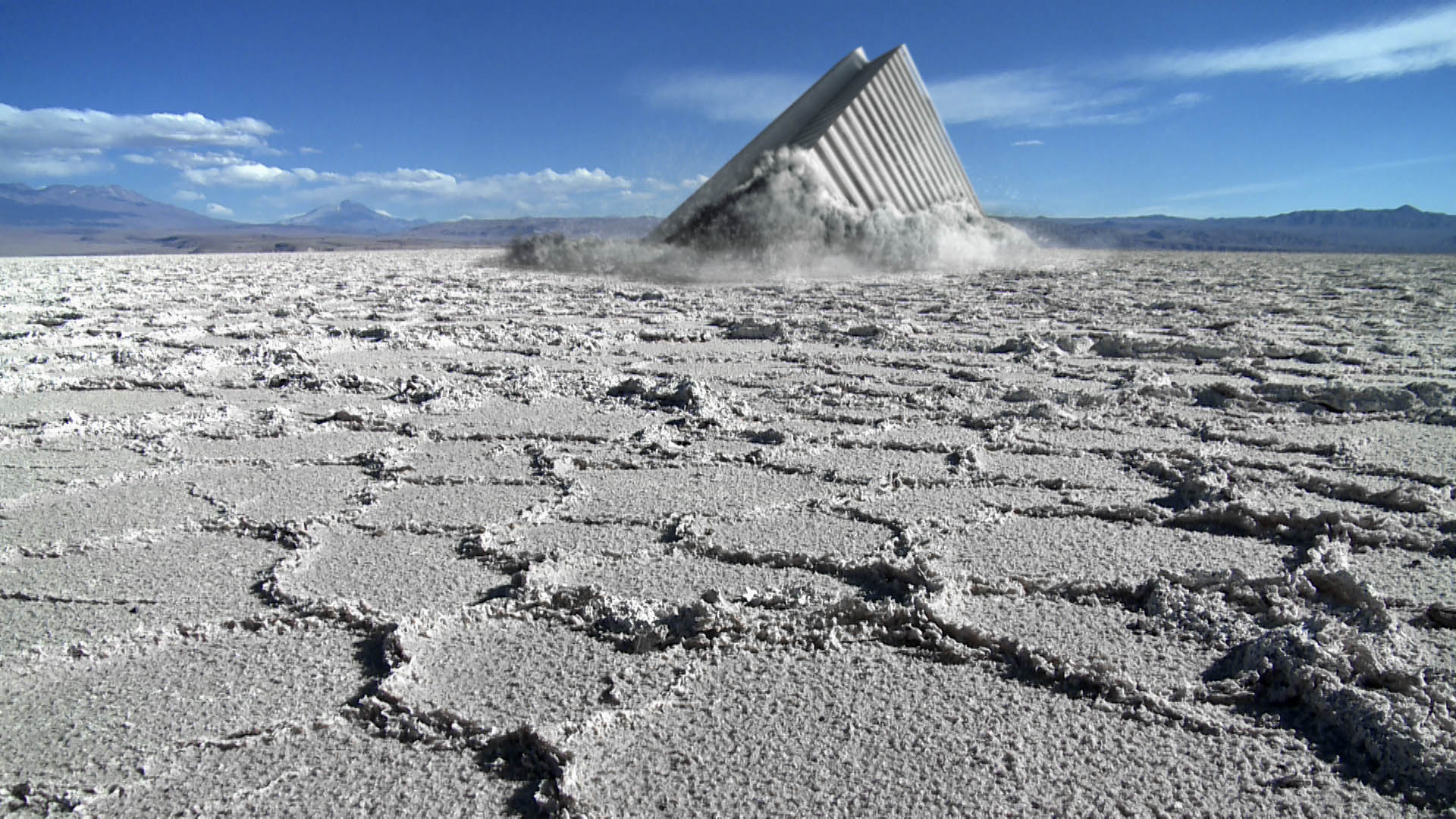
Centipede Sun, Videostill, 2011, Courtesy of the artist
Centipede Sun focuses on the landscape, the protagonist of his work. The landscape of the Chilean Altiplano, a synonym for remoteness, offers huge "empty" panoramas in which the life forms we know seem to be absent.
Petja Ivanova (D)
The artist Petja Ivanova wants to dismantle patriarchal ideologies through art & design. Therefore, she works with innovative technologies from a feminist technoscientific perspective. In her transdisciplinary practice she combines archaeology, biology, physics, computation and poetry to promote the 'poetic method' as a counterbalance to the socially dominant 'scientific method' and to understand this practice in non-linear relation to Fluxus & Avant-garde. Very early in her artistic work with electronics and sensors, she began to incorporate mythological approaches, the magical and the non-quantifiable to analyse these connections in terms of the deep time of media/technology.
For Emotionally Confronted Through Distance she shows her work:
Thinking of you, 2021.
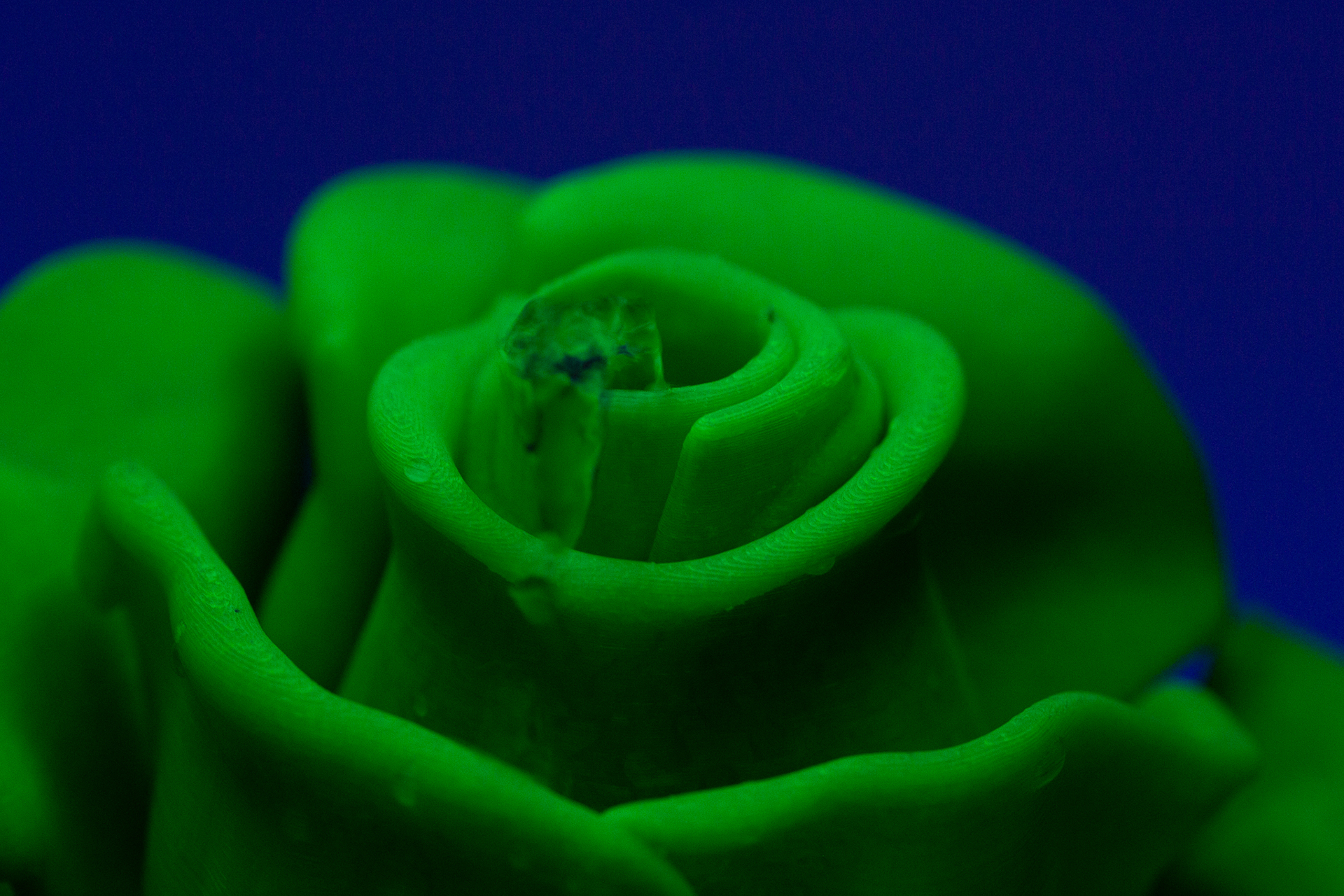
Thinking of you. 2021, Courtesy of the artist
The artwork is an interactive e-textile and fountain piece that celebrates emotional expression through bodily fluids. It is a series of pants with moisture sensors that trigger the flow of water from a nearby table fountain. The private wetness of the wearer's crotch is expressed in the flow of water from a decorative fountain - a romantic expression of possible longing or thoughts of someone present or absent.
Edition of 3 e-textile pants and 3 fountains bespoke electronics, 3D printing, fabric and embroidery. (2021)
Dani Ploeger (NL)
Dani Ploeger explores situations of conflict and crisis at the margins of the world of high-tech consumption. His objects, videos, and software engage the spectacles of waste, sex, and violence, and question the sanitized, utopian marketing around innovation and its impact on local and global power dynamics.
His work is based on field research into the use of everyday technologies in extraordinary circumstances. Dani Ploeger made VR installation while accompanying troops on the front lines in the Russian-Ukrainian war, and traveled to garbage dumps in Nigeria to collect electronic waste originating from Europe, he had stolen barbed wire from the so-called "high-tech fence" at the EU external border in Hungary, and interviewed witnesses of US drone strikes in Pakistan about the sounds of violent technologies, just to name a few of his projects.
Dani Ploeger shows:
THE CULTS
16mm Film, 6’11”
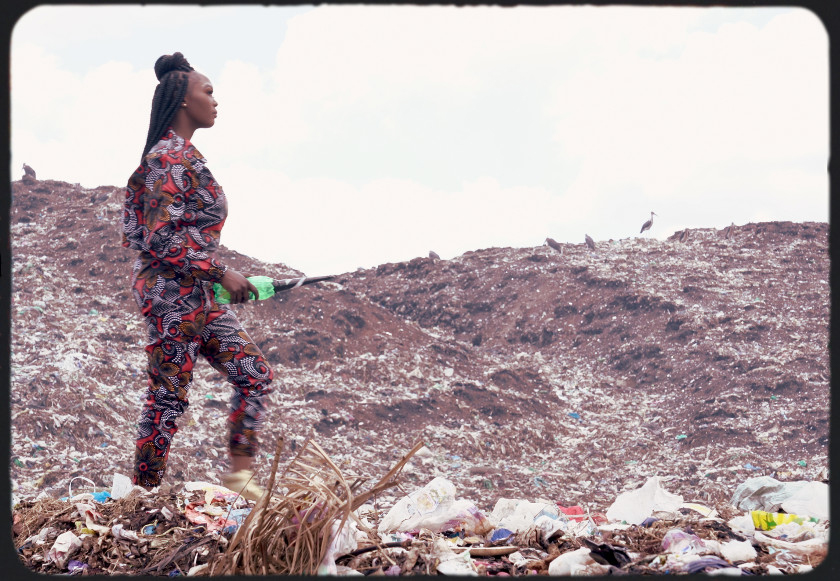 Cults Videostill, 2021, Courtesy of the artist
Cults Videostill, 2021, Courtesy of the artist
A colonial text about a Kenyan anti-European cult has been teleported to a high-tech culture of the future. At a rubbish dump, an unsavoury person still desperately collects raw materials and idolises digital gadgets. At the same time, three women create a utopian, mythical world out of converted electronic waste.
Wolfgang Spahn (D/A)
The work "Patagonian Pattern" by Wolfgang Spahn is an audiovisual exploration of the mathematical theory of chaos. The focus is on Benoit Mandelbrot's ideas of the self-similarity of fractal structures in nature. The sounds of analogue synthesizers and analogue neural networks complement the visual aspect of the self-similarity of Patagonia's nature, both on a large and macro/microscopic scale.
Electrical signals, for both audio and video, have been generated by analogue circuits based on Strange Attractors, Fibonacci series, chaotic oscillations and feedback loops. In addition, the work shows macroscopic and microscopic patterns, textures and structures of lichens, mosses and algae, superimposed on aerial shots from planes and with kites. The texture of lichen and moss was recorded with laser beams. These modulated waves were converted into sound and additionally used as colour information in video signals.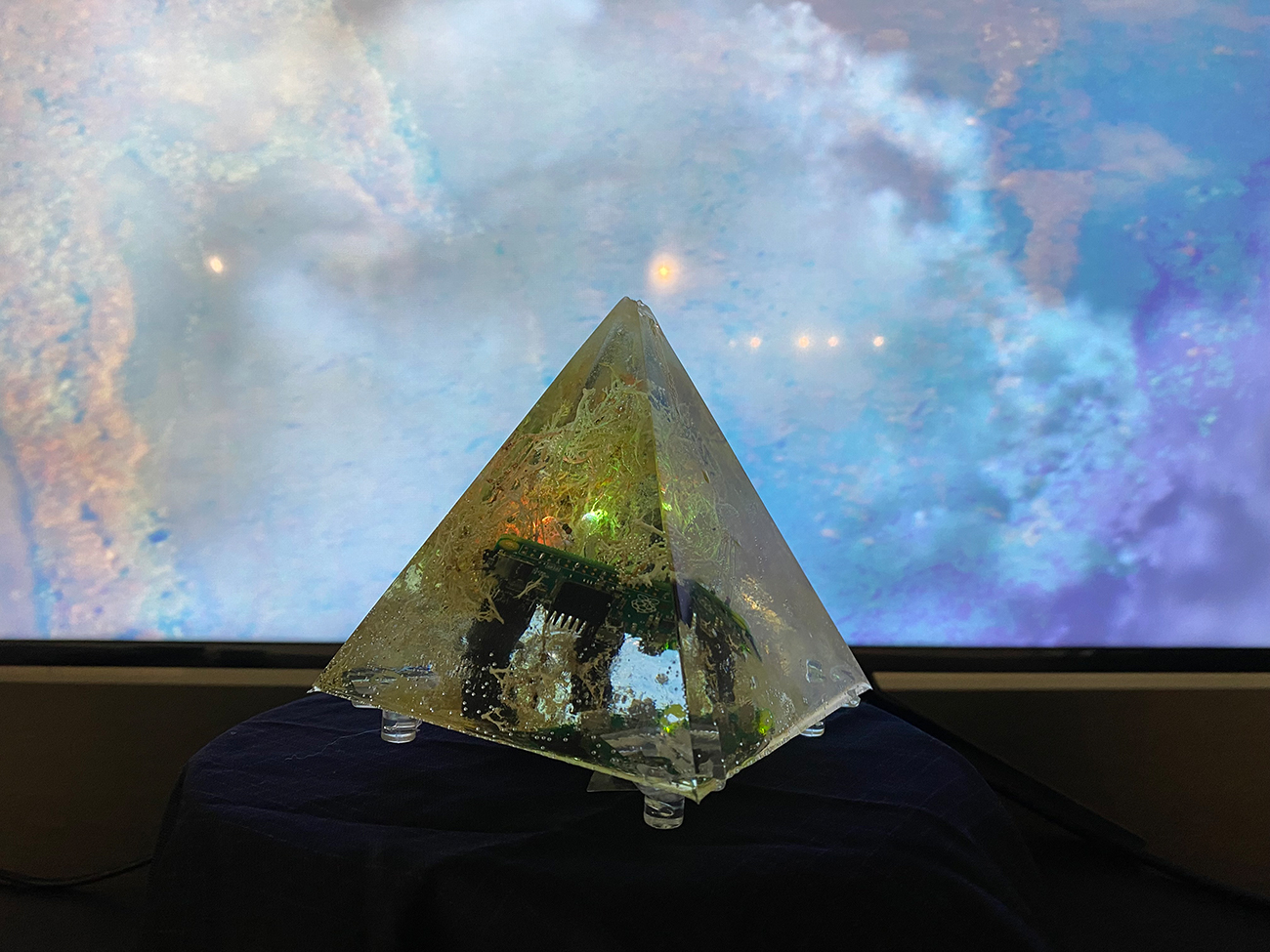
Patagonian Pattern 2021, Courtesy of the Art Claims Impulse
His work includes interactive installations, miniature slide paintings and performances with light & sound. His art explores the field of analogue and digital media, focusing on both their contradiction and correlation. He has therefore also specialised in the re-appropriation and re-use of electronic technologies. In Spahn's immersive audiovisual performances, the technically different production of images and sounds merges. The data stream of a digital projector becomes audible, while the sound produced by electromagnetic fields of coils and motors is visualised. Spahn is fascinated by patterns and structures, whether in graphics, photography, video or electronic technology. He seeks to bring out the beauty of disruption, subverting the perfect surface that the contemporary new media industry tries to achieve.
For his creations, he explores the capabilities of hardware, constantly pushing its limits to put it at the service of his artistic concept. Recently, he has developed analogue synthesizers as well as analogue computers and analogue neural networks and uses them to create abstract light and sound sculptures.